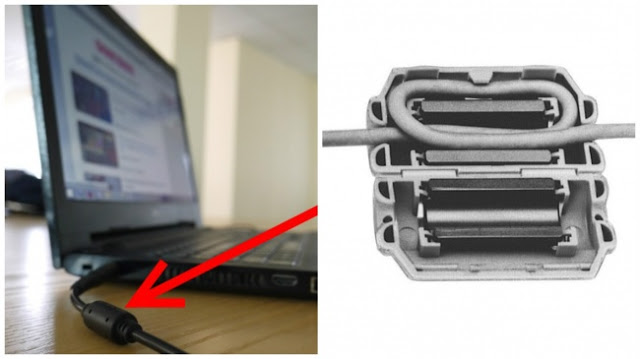Direct On Line Motor Starter includes tracking MCCB, Contactor and overload relay for protection. An electromagnetic contactor that can be turned on is a thermal overload relay under error conditions.The contactor controls with the start and stop buttons, and the contact assistant on the contactor is used, across the first button, as a holder for contact. i.e. the power connector is turned off while the engine is running. Usually up to 5HP induction motor we choose the first DOL method.
Direct On Line Starter (DOL) Terms of Service:
To start, the contactor is closed, using a full line voltage on the motor stator windings. The motor will pull the highest inrush current for a very short time, the magnetic field of the metal, and the current will be limited to the Locked Rotor Current of the motor. The motor will improve the Locked Rotor Torque and start accelerating towards full speed.
As the engine speeds up, the current will start to decrease, but it will not slow down until the engine is at full speed, usually 85% of the corresponding speed. The first real current curve is the car design function, as well as the terminal voltage, and is completely independent of the car load.
The load on the motor will affect the time taken for the engine to accelerate at full speed and therefore the maximum duration of the initial current, but not the maximum initial current.
As long as the torque generated by the engine exceeds the torque of the load at all speeds during the first cycle, the engine will reach full speed.
Advantages of DOL Starter: -
1. These are the simplest types to begin with.
2. The most economical and cheapest launcher.
3. Maintenance costs are very low.
Disadvantages of DOL Starter: -
1. It pulls the highest inrush current at the start which is 6-8 times the engine limit which limits its use to motors of only 7.5 KW.
2. It will apply high thermal stress to cars which will reduce the life of the vehicles.
3. The current High Starting will lead to a voltage drop.


